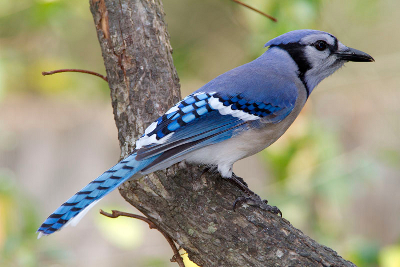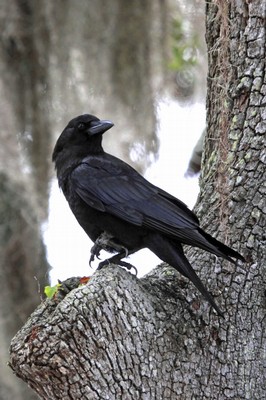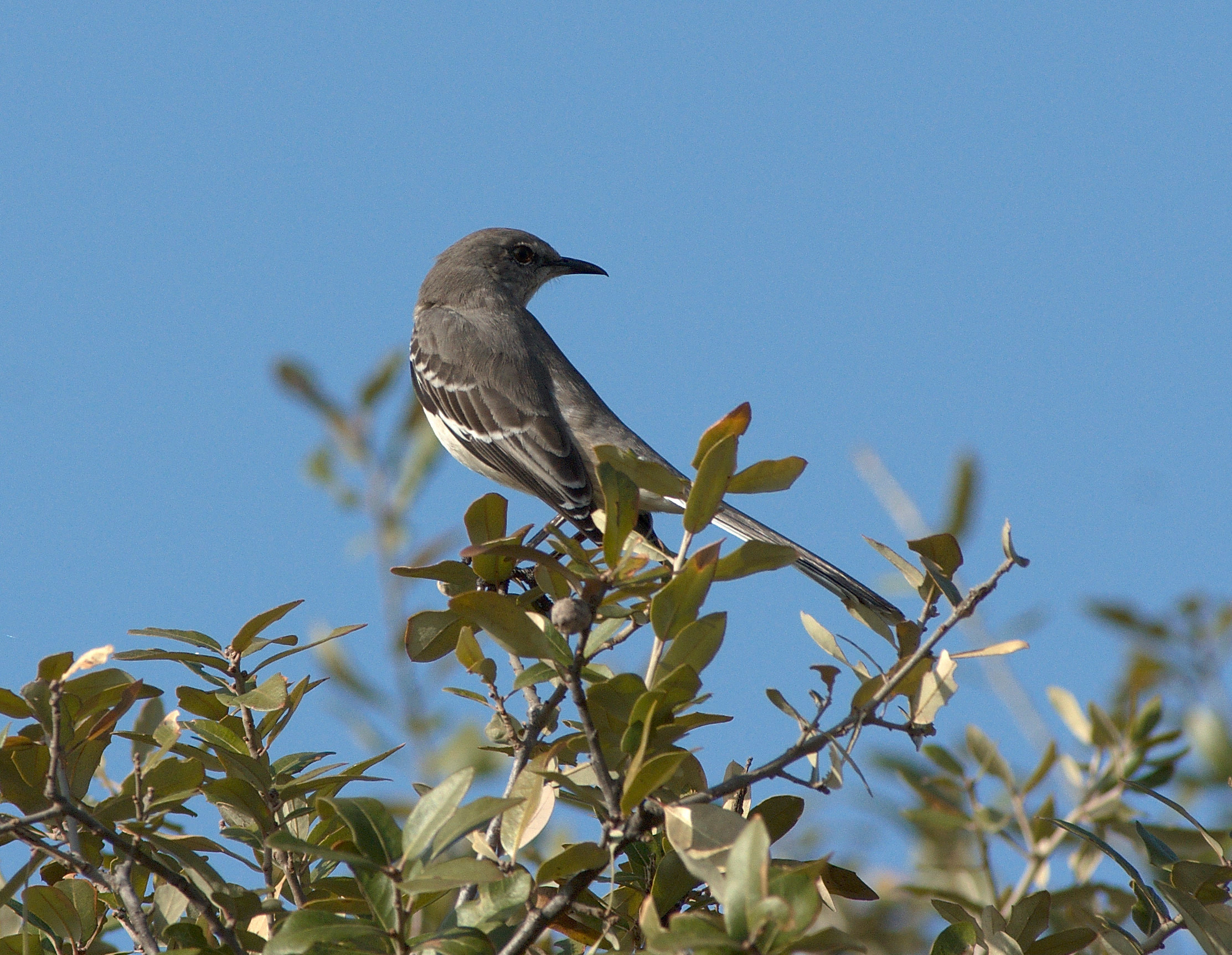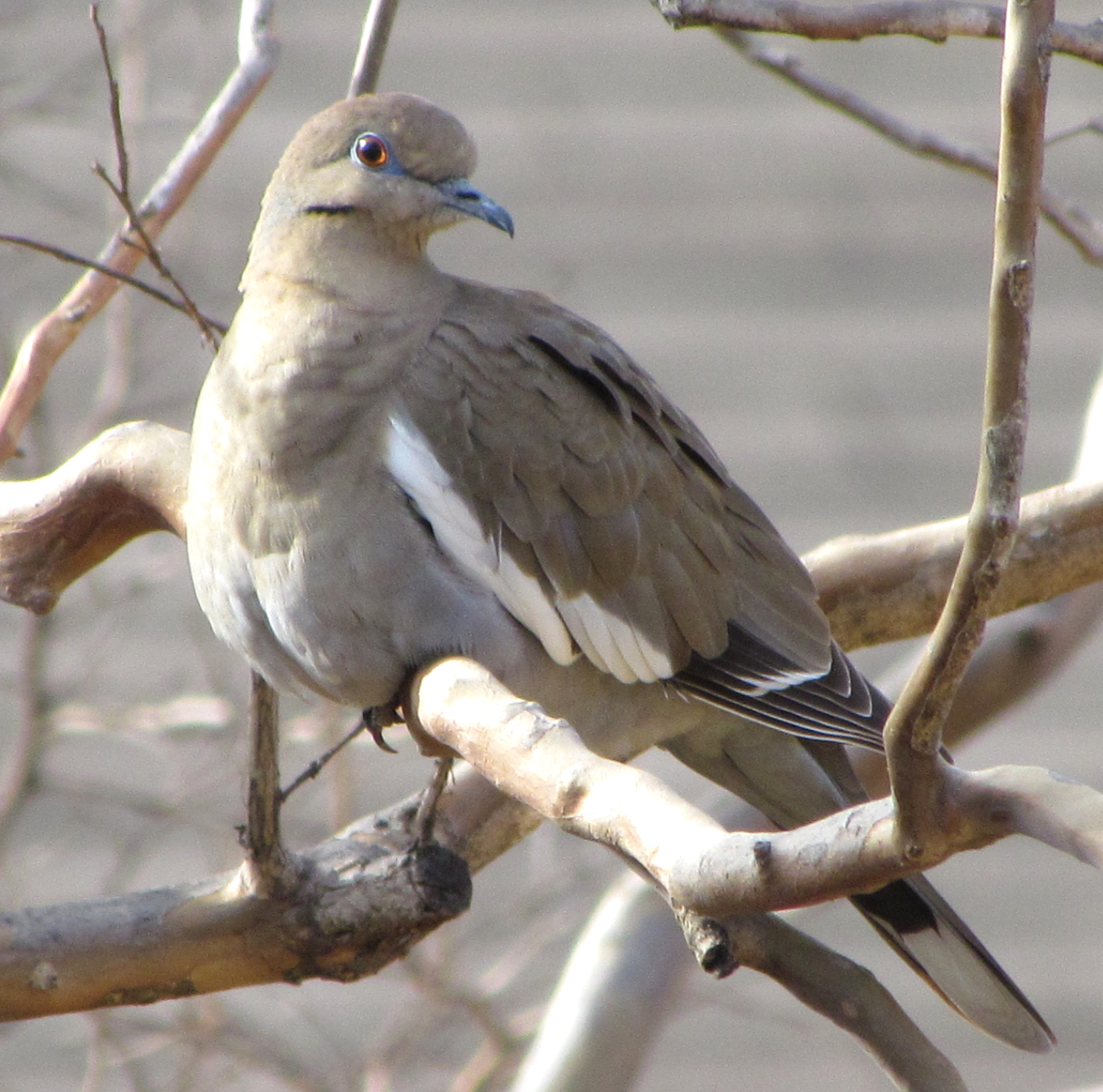
By Julie Thibodeaux
Grab your binoculars and brush off your bird guide. Ornithologists need your help. Each winter, organizers of the Great Backyard Bird Count enlist the public to count wild birds in their communities. This year, bird lovers from across the U.S. and Canada will be scanning the skies Feb. 17-20 during the four-day event, a partnership of the Cornell Lab of Ornithology, the Audubon Society and Bird Studies Canada.
According to Pat Leonard, spokesperson for the Cornell Lab of Ornithology, scientists aren’t able to collect all the data needed to study bird populations by themselves. Enlisting the public to tally local species, from hawks to ducks to sparrows, helps researchers assess not only bird trends but also the overall state of the natural world.
“Birds are one of the key indicators of the health of the environment,” Leonard said.
The data will go into the Avian Knowledge Network and will be used by scientists studying birds all over the world. Last year, about 65,000 people from the U.S. and Canada counted 596 species, with the invasive European starling topping the list with the most numbers, followed by the American robin.
According to Leonard, Texas is a prime state to observe birds. During the 2011 GBBC, Texas reported the highest number of species in the country, with 326 species spotted.
“Texas is a very birdy state,” said Leonard. “You’ve got everything in terms of habitat -- forest, desert and a massive coastline.”
To join in the Great Backyard Bird Count, bird enthusiasts can spend as little as 15 minutes counting birds in their yard or local park. Then they’re asked to upload their findings on the GBBC website. There, they can see the results from their community as well as across the country.
To prepare for the bird count, participants can download a list of birds typically found in their zip code. They can also consult the Cornell Lab of Ornithology’s online bird guide, which has identification tips and recordings of bird songs.
No matter how many birds are counted, the information will help give scientists a snap shot of bird populations.
For example, previous bird counts alerted researchers to a decline in the American crow’s numbers due to West Nile virus. Then last year, the 2011 bird count delivered good news when it showed an uptick, indicating the species may be bouncing back.
 Photo: An American Crow Photo by Susan Daughtrey/Courtesy of Cornell Lab of Ornithology.
Photo: An American Crow Photo by Susan Daughtrey/Courtesy of Cornell Lab of Ornithology.
If you want to tag along with experts, two nature centers will host events Saturday, Feb. 18, in conjunction with GBBC. River Legacy Living Science Center in Arlington will be offering guided bird hikes from 8:30 a.m. to 1 p.m. In Dallas, the Trinity River Audubon Center will have bird experts on hand to lead bird counts from 8 a.m. to 2 p.m.
Leonard said the bird count is fun but also serves a higher purpose.
“It really seems to open people’s eyes to a whole new world -- to birds and nature in general,” said Leonard. “One of the most important outcomes of the count is getting people to care about the natural world. The more you know about it, the more you care about it.”
For more information about GBBC, go to www.birdcount.org. For the Cornell Lab of Ornithology’s online bird guide, go to allaboutbirds.org.

 Photo: (Left) Northern Mockingbird. (Right) White-winged dove. Photo by Gregg Lee & Sonja Quarles provided Courtesy of Cornell Lab of Ornithology.
Photo: (Left) Northern Mockingbird. (Right) White-winged dove. Photo by Gregg Lee & Sonja Quarles provided Courtesy of Cornell Lab of Ornithology.
Julie Thibodeaux is a Fort Worth-based writer covering environmental issues, green topics and sustainable living. Contact her at julie@jthibodeaux.com.









